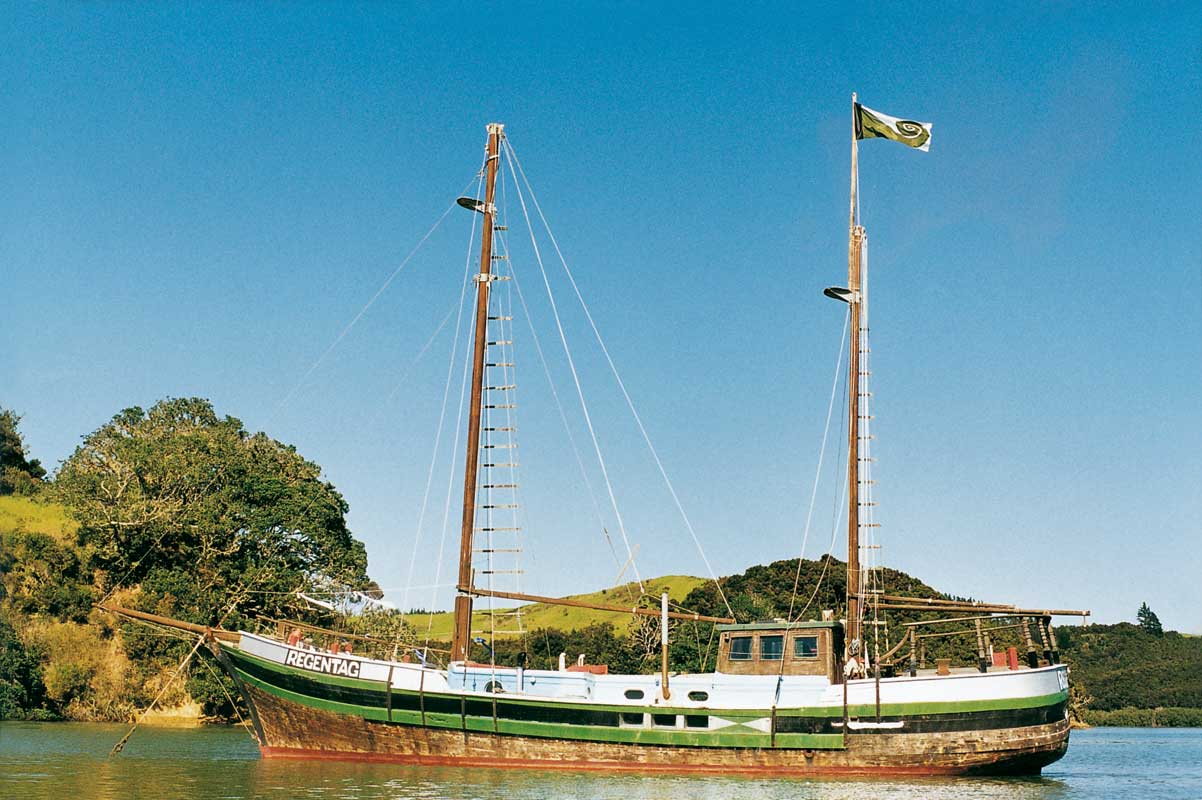A most unusual artist and architect, whose work defies categorisation
All that I knew about Hundertwasser was that he was an artist who was also responsible for a crazy, colourful building in Vienna, the Hundertwasser House. I had always imagined that it was far away in the outskirts of the city, and had not got round to visiting it on previous short trips connected with the European Congress of Radiology. This time, however, with a week of leave tacked on after the congress, we decided to pay a visit, and discovered that it was actually within walking distance of the city centre. We also realised that close to the Hundertwasser House was Kunst Haus Wien, which houses the Hundertwasser museum as well as galleries for temporary exhibitions, so we decided to visit this first. Just as well, as this was an excellent opportunity to learn about him.
Born in Vienna in1928 as Friedrich Stowasser (he adopted the name Friedensreich Hundertwasser in 1949), he was a most extraordinary chap. He developed his own style and was not affiliated to any of the other contemporary artistic movements. He seems to have been a real one-off. The Hundertwasser Museum in Kunst Haus Wien has a large collection of his work, including paintings, graphic work, applied art, and tapestry.
Irinaland over the balkan https://www.kunsthauswien.com/en/museum/art-and-style
Hundertwasser was also an environmentalist and architectural thinker. He is probably better known as an architect than as a painter, in fact. Although he had no formal architectural training, he worked on architectural projects, and many of them were built in collaboration with trained architects.
Kunst Haus Wien was originally the Thonet factory (makers of the famous bentwood chairs), built in 1892, but it was remodelled to Hundertwasser’s design and opened in 1991. The result is a fantastic, colourful, irregular, joyful and beautiful creation. The façade is an amazing patchwork of colour and texture, with the odd trees sticking out of a window.
... and the visitor is greeted by a sign explaining why this is so.
“The flat floor is an invention of architects. It fits engines - not human beings”
The interior surfaces are covered with painted panels, tiles, bricks, and recycled materials. There are fountains and plants. Most of the lines and surfaces are curved. It's delightful.
Hundertwasser was an environmentalist, and a believer in the rights of individuals. His architectural projects often had grass roofs. He described the trees growing out of the windows of his buildings as “tree tenants”, who paid rent by creating oxygen, cleaning the environment, providing shade, and so on.
Another of his ideas was that of “Window Right”
A person in a rented apartment must be able to lean out of his window and scrape off the masonry within arm's reach. And he must be allowed to take a long brush and paint everything outside within arm's reach, so that it will be visible from afar to everyone in the street that someone lives there who is different from the imprisoned, enslaved, standardised man who lives next door.And why not?
In the Hundertwasser Museum we also learnt about Regentag, the motorsailer which was his home and studio for 10 years. She had started life as a freighter, which he bought in 1967, and modified over the years, increasing her length from 12 to 15 metres, and adding two masts and sails.
More about Regentag here, including a link to a short video.
From the Kunst Haus Wien we made our way down the road to the Hudertwasser Haus. Built in 1983 -1985, it had a lot in common with Kunst Haus Wien, with its colours, curved surfaces and crazy columns, and was a delight.
We couldn't go inside as it was a residential building, butI did wonder I wonder what the apartments were like. I looked to see if one of the them might be available to rent on AirBnB, but didn’t find any.
It was a fascinating day out which left me wanting to find out more about Hundertwasser, his work, and his philosophy.
More about Hundertwasser here: http://www.hundertwasser.at
There is a list of his buildings in his Wikipedia entry.
The Kunst Haus Wien and Hundertwasser House websites are also excellent and informative.
Kunst Haus Wien
Untere Weissgerberstrasse 13, 1030 Vienna
www.kunsthauswien.com
Hundertwasser House
Kegelgasse 36-38, 1030 Vienna
www.hundertwasser-haus.info/en


















No comments:
Post a Comment